2026 Travel Hotlist
Read more about Caribbean cruise holidays
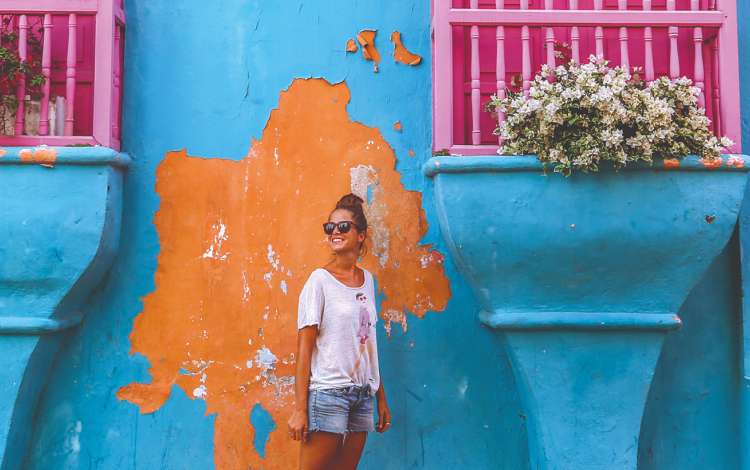
Sure, the beaches are beautiful. But you’ll experience so much more in the Caribbean if you step beyond its sands. Here’s how to find the true heart of the islands
Like the sun that beams down on its shores, people in the Caribbean are some of the warmest in the world. When you arrive, you’ll be greeted with an openness and friendliness that makes you feel welcome straight away.
While each island has its own distinct history and culture, one thing they have in common is a strong sense of community and shared values. The region’s history of colonialism and slavery instilled resilience and a strong sense of identity in its people; a result of shared experiences and the desire to keep their cultures alive. The population is diverse, and that diversity is celebrated.
Speaking of celebrating, that, too, is a big part of Caribbean culture. Carnivals are held all across the islands, from the likes of Crop Over Festival in Barbados to Carnival in Trinidad and Tobago, with parades, elaborate costumes, music and dancing. Holidays such as Christmas get the party treatment, too, with different islands partaking in their own traditions. In St Lucia, bamboo bursting – using kerosene to create a loud boom in bamboo cannons – signals the start of the season. And over in Martinique, the air is filled with the sweet sounds of Chanté Nwels (Christmas carols) as early as November.
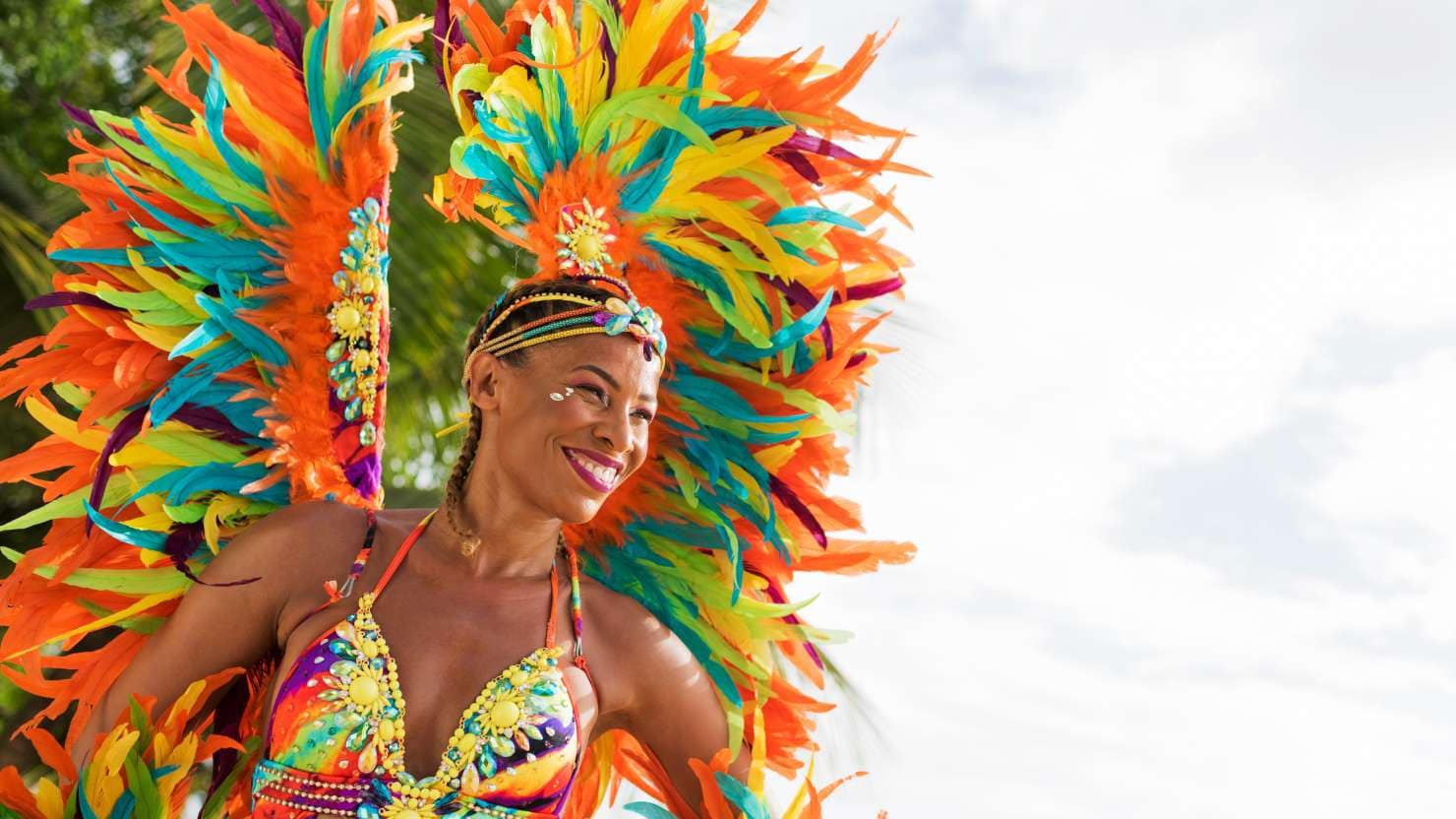
Going hand in hand with a love of celebrations is a love of music and dance, and unsurprisingly, several musical genres have their roots in the Caribbean. Reggae, with its distinctive beat and socially conscious lyrics, originated in 1960s Jamaica. The genre’s forebearers, ska and rocksteady, originated on the island a decade earlier. And its successors, such as dancehall and drum and bass, are popular all over the world today. You can visit the Reggae Walk of Fame at Music Mansion in Montego Bay, where murals of genre icons such as Bob Marley, Peter Tosh and Jimmy Cliff grace the walls.
In Trinidad and Tobago, a different kind of beat reigns supreme. The islands are home to calypso, a poetic folk song set to a syncopated rhythm that originated in the early 19th century, and soca, its modern, high-energy derivative. The steelpan, which for many is the ultimate sound of the Caribbean, is also native to Trinidad and Tobago and is the islands’ national instrument. Barbados has strong ties to calypso and soca music too, and with an overnight stop on many Caribbean cruises, you can venture into Bridgetown and experience it live. Check out what’s on the calendar at Harbour Lights at Carlisle Bay – at night, it becomes a party under the stars with local DJs playing reggae, calypso, dancehall and more.
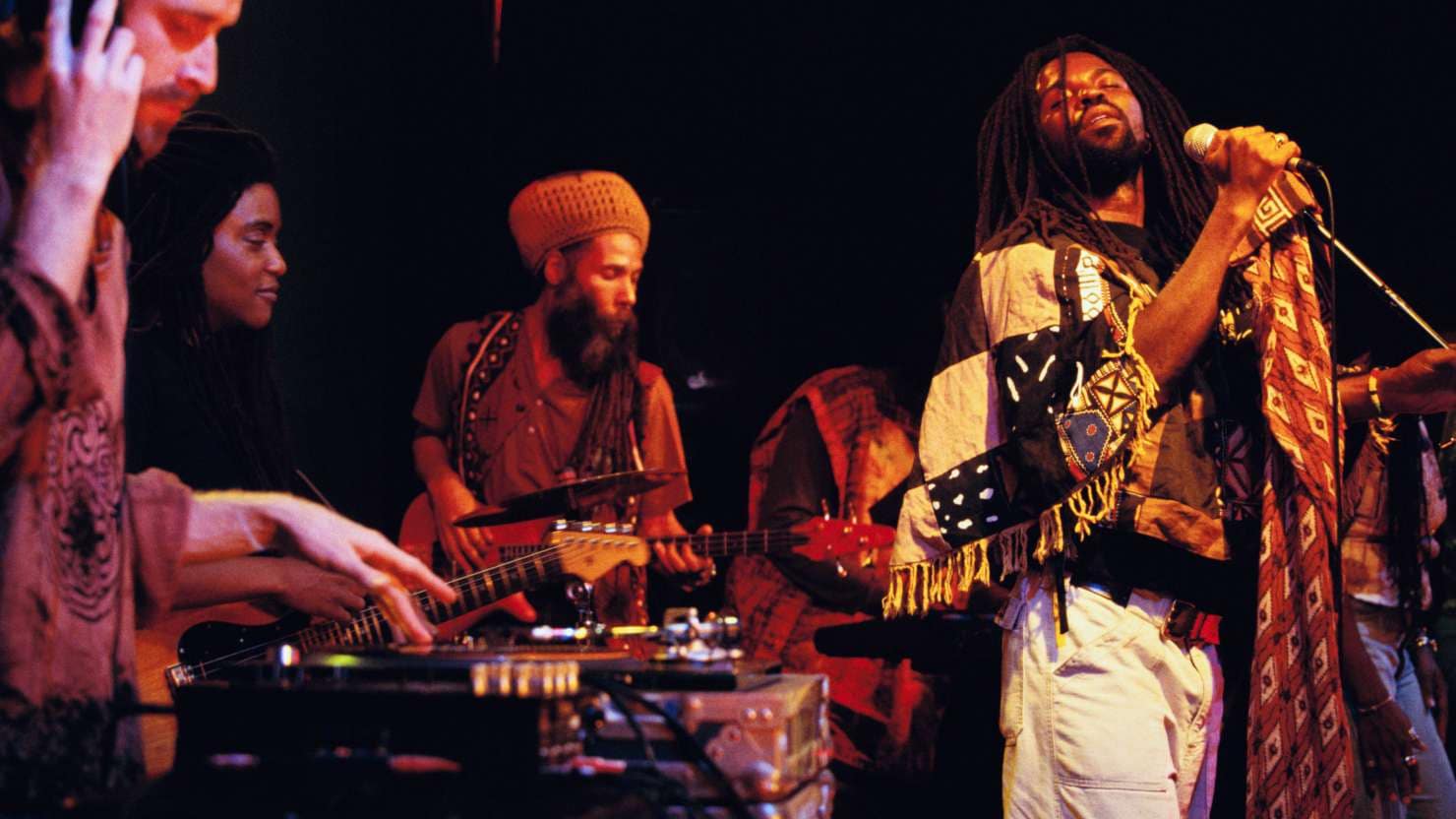
You can taste the culture of the Caribbean in its cuisine. African, European and Indigenous flavours and cooking techniques combine to create a fantastic fusion of flavours. Local produce stars on most menus, and why wouldn’t it? The Caribbean’s tropical climate means treats such as plantains, coconut and breadfruit grow in abundance; spices such as nutmeg, cinnamon and cloves are prolific, particularly on the island of Grenada; and seafood such as lobster mahi mahi are brought in fresh off the boat daily.
Each island has different specialities. Cou-cou (a fish stew with polenta or cornmeal and okra) and flying fish is a staple in Barbados. In St Maarten, try Johnny cakes: fried dumplings served as a side to sweet or savoury dishes. Jerk chicken, that spicy, flavour-packed staple, is predominantly associated with Jamaica but can be enjoyed across the Caribbean. And of course, we’d be silly not to mention the rum, which has been distilled here since the 17th century.
In Tortola, the Taste of the BVI shore experience lets you sample treats like Johnny cakes, Anegada lobster, fish and fungi, and more. You’ll even get the chance to prepare your own. Rum-lovers can get a taste of the good stuff in Barbados on the Barbados Finest Blends shore experience, which visits the distillery. On the Rum and Chocolate experience in Grenada, you can discover how cocoa becomes chocolate and how rum goes from sugar cane to bottle. In Martinique, the Foodie Walking Tour takes you through the historic streets of Fort-de-France with food tastings – think local pastries, candies and sugarcane juice, along with a special dish in a restaurant.
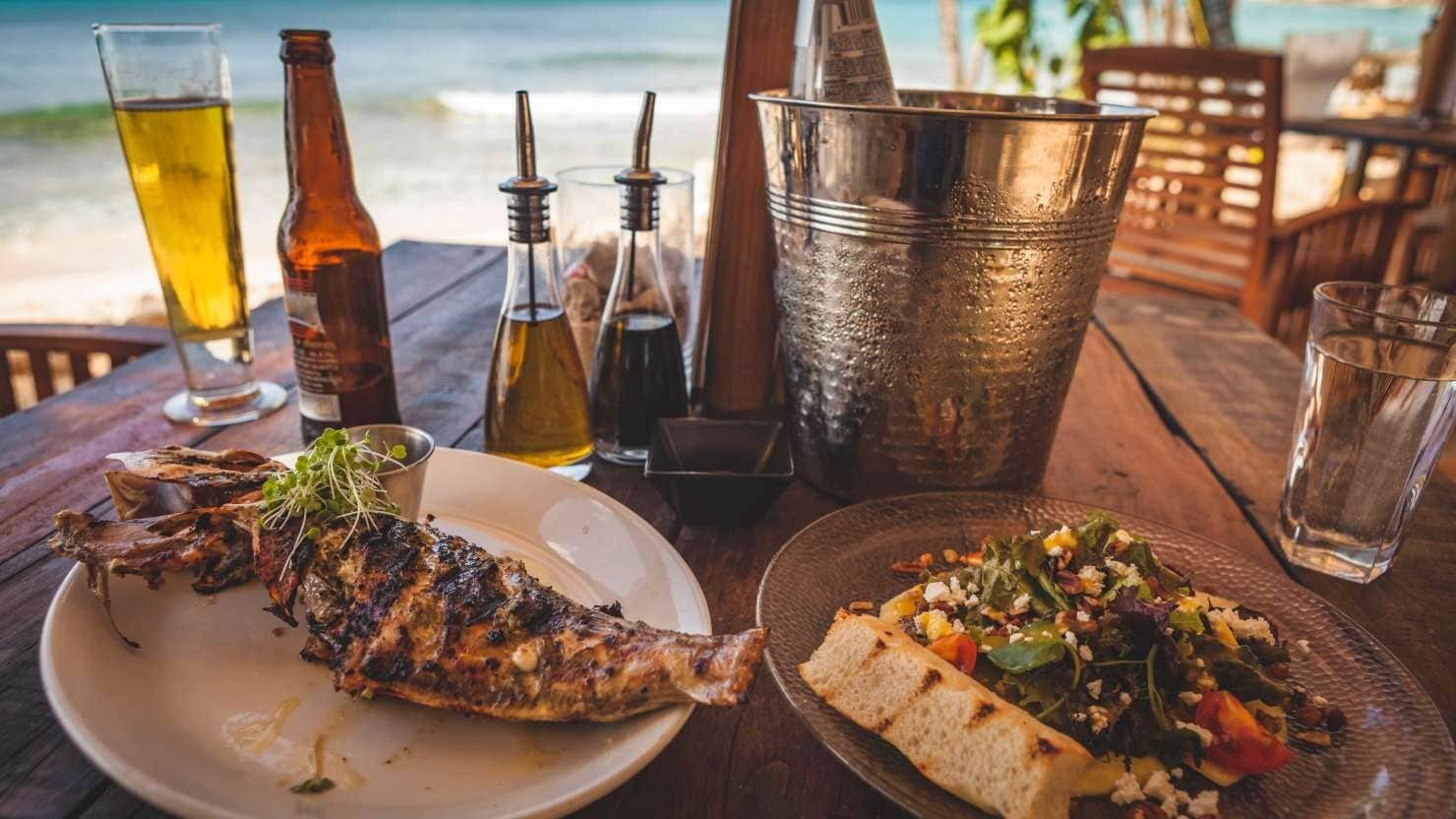
The history of the Caribbean islands is long and complex. Colonialism, slavery and independence movements have all left their mark, creating a landscape where British forts, Dutch architecture, colonial sugar plantations and anti-slavery monuments all coexist.
There are 23 UNESCO World Heritage sites in the Caribbean. One of the most prominent is Nelson’s Dockyard in Antigua, the world’s only operational Georgian dockyard, named after Admiral Horatio Nelson who landed here in 1784. Today, it’s a vibrant hub for locals and tourists, where historical buildings sit alongside restaurants and shops. In Barbados, the fort and old town of historic Bridgetown and its Garrison are incredibly preserved examples of British architecture and a reminder of the island’s importance in the British empire.
Colonial influence can be seen in non-military architecture, too. Curaçao’s colourful waterfront buildings, which greet your ship on arrival in Willemstad, were derived from Dutch designs that can be seen in their multi-storey construction and triangular gables. Plantations were once a common sight across the islands, with sugar being the dominant crop. The fields were worked by African slaves, and while slavery was abolished by the middle of the 19th century, many of the original plantation houses remain, including the Clément Plantation House in Martinique and Rose Hall Great House in Jamaica. Many of the houses now operate as cultural centres, hotels or gardens.
Of course, history here began way before Europeans landed on its shores, when islands were inhabited by Indigenous groups including the Arawak (Taíno) and Caribs. In St Lucia, the mighty Pitons are deeply important to the island’s Indigenous communities who once worshipped them as gods. In Bonaire, you can peer inside a cave once used for shelter by the Arawak and marvel at rock paintings at nearby Boca Onima Bay. In Dominica, you can meet local Kalinagos, the island’s Indigenous people, at the Eco Village. You’ll get a sense of their way of life and watch a display of traditional dancing.
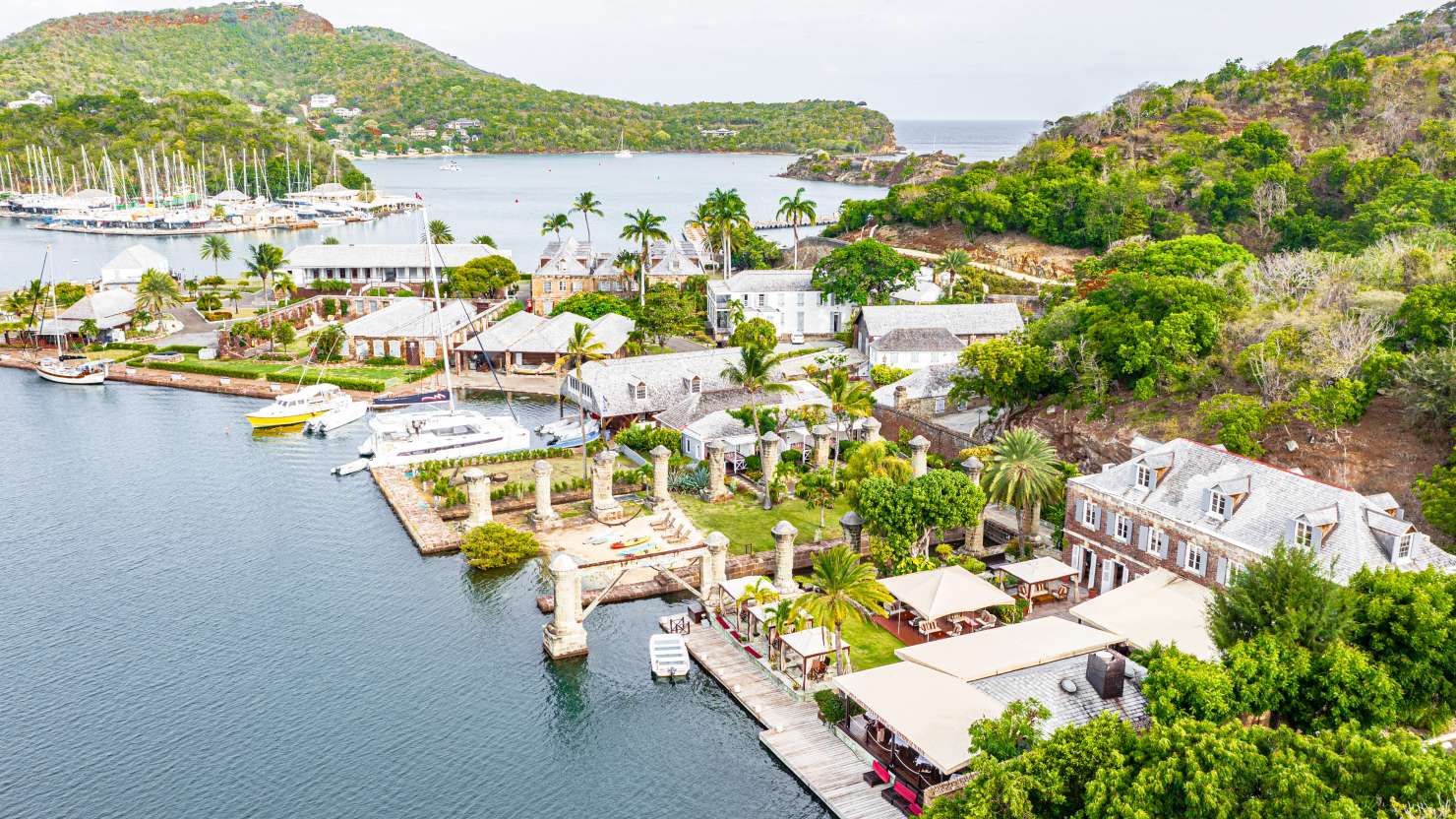
With such an inspiring landscape and copious natural resources, it’s no surprise creativity abounds in the Caribbean.
Antigua teems with colour and life, from lush green rainforests to bright-red hibiscus flowers. Within it, you’ll find a creative community of artists and galleries such as the Fig Tree Studio, which showcases the work of local artists, and the Zemi Art Gallery, where the mission is to showcase Indigenous Caribbean culture and creativity through arts and crafts. Aruba is emerging as the Caribbean’s art capital, thanks in part to its culturally rich population. Visit Cosecha in Oranjestad for certified Aruban arts and crafts, or Aruflamingo Art Café in San Nicolas for creative inspiration alongside your latté.
Aruba’s creativity can’t be contained to galleries. San Nicolas, the island’s second-largest city, is a street-art mecca. Colourful murals painted by local and international artists line walls and buildings, which began with Aruba’s first art fair in 2016. Elsewhere, Guadeloupe is essentially an al fresco gallery; you’ll find street art all over the island, with a big concentration in its largest city, Point-à-Pitre. It’s a form of expression for local artists, who tell stories of the island through art.
Craftmanship has a long history on the islands, with ancestral techniques being passed down through generations. In St Kitts, batik – decorating fabric with wax and dye – is a popular practice. The leading producer of batik on the island is undoubtedly Caribelle at Romney Manor, where they’ve been practising since 1976. At Romney Manor, you can create your own batik while surrounded by lush, tropical gardens and spectacular views. In Barbados, pottery is an important part of the island’s history and dates back to the Arawak and Carib people. At Earthworks Pottery in Bridgetown, you can watch artisans produce the famous red clay stoneware.
If you’re more a shopper than a crafter, there are excellent markets in St Maarten (Philipsburg Marketplace), St Lucia (Castries Market) and Bonaire (Arts and Crafts Cruise Market), where you can find the sort of authentic, handmade souvenirs that will stir memories of your Caribbean adventure for years to come.
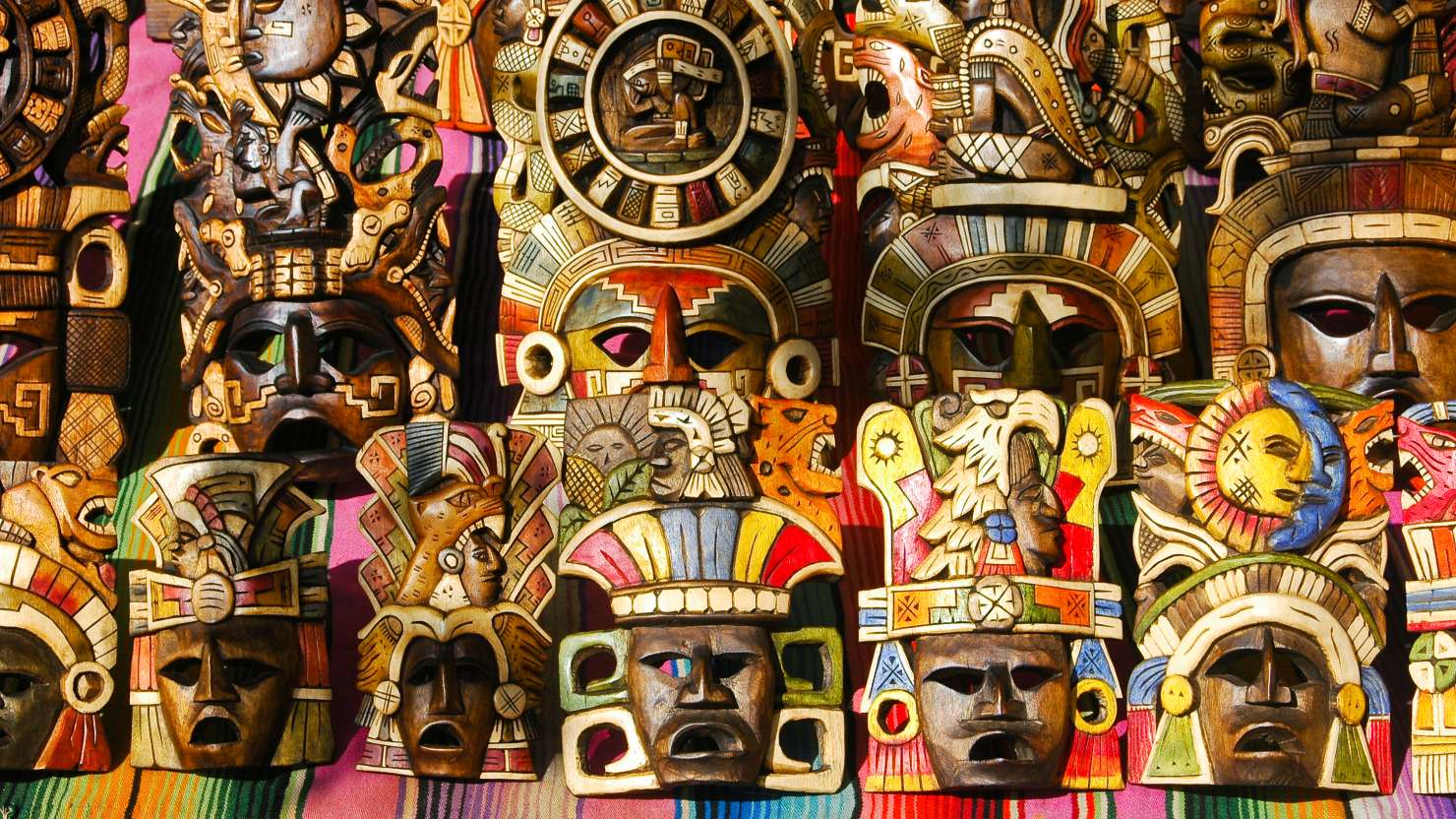
of
Don’t miss out! Sign up for latest news, offers and competitions from P&O Cruises.